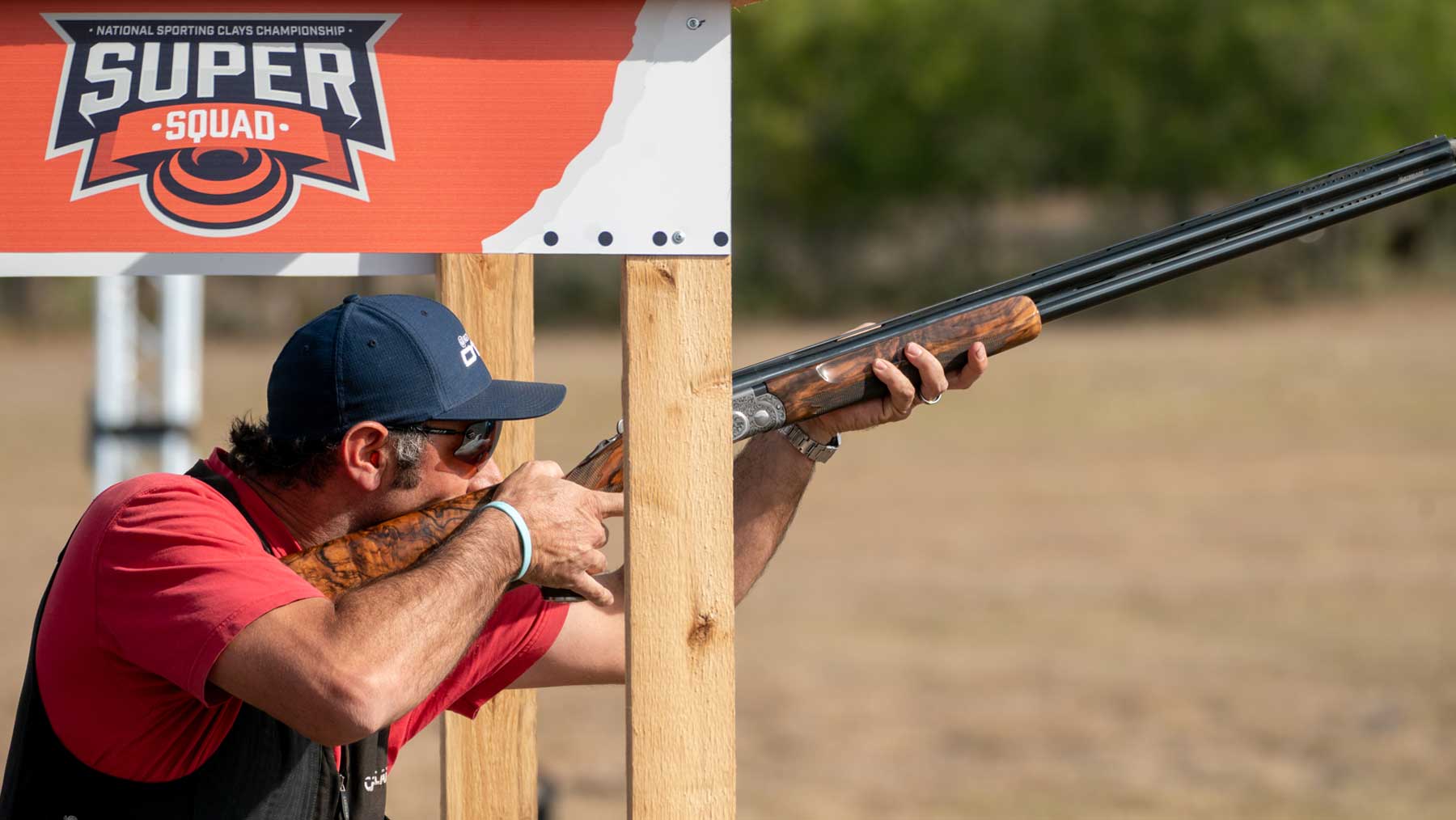As your shooting improves, you should reevaluate and reset your goals, and over time you may find that the last few birds you need to reach your goal are the hardest to get.
Goals vary from person to person, but it’s the same concept regardless. You may have a goal of consistently shooting in the 80s—and I guarantee that raising your average from 75 to 80 will be tougher than it was to get from 70 to 75. Or you may plateau in Master class, just below the best shooters in your area, and you need to pick up three or four targets to break through. At my level, it’s the last few birds that I need to win a regional, national, or world championship.
Those birds generally don’t come easy. Finding them requires require hard work and a lot of practice, and you’re going to have many failures along the way. You will have to be mentally tough and grind it out.
Experience plays a big role, particularly when you know you’re at the brink of breaking through, because you must be able to perform under pressure. That’s where some of the things discussed in the mental game chapter will pay off. You’ll need to be able to develop a plan and a solid routine that keeps your mind calm, organized, and in the right state to break those last few birds. If you do it right, concentrating on the process instead of the outcome, you may surpass your goal and not realize it until your round is over.
But what about the physical and technical side of the game? This game is complicated, and there are endless target presentations. On any given round, you might run into a certain presentation that costs you a few targets—the ones you needed to reach your goal.
This is where thoughtful instruction, training, and practice come into play. You need to take note of the specific targets that bother you so that you can learn how to break them, then build confidence and be ready to perform when you must.
If a double-trap presentation gives you the jitters and always costs you a few targets, then you must go to work. Get some help with your approach, then shoot hundreds of pairs if necessary. That should give you confidence to perform when it counts. If you don’t do the work, then you shouldn’t be surprised when you drop a few targets in competition.
As you progress, you’ll find more presentations to work on. Take the same approach—learn solid techniques for every presentation and practice them until you can make all the shots to your satisfaction, given your level of experience. Ideally, you’ll wind up with few or no holes in your game. How long will that take? As I’ve said elsewhere in this book, it depends on your dedication and willingness to work. Regardless, it’s going to take a lot of effort.
The world’s best shooters have been at it for a very long time and stayed the course. Their path to the top wasn’t direct. They had moments when they were struggling, and moments when they were fed up and felt like quitting.
There’s no magic bullet. A lot of people try new techniques as they’re trying to pick up those last few birds. Others go looking for a new instructor, or they buy a new gun. The better approach is to stay the course and grind it out, building confidence day by day, tournament by tournament.
That last part is especially important. You need to compete as much as possible to learn how to perform under those conditions. If your goal is to break 80 percent in a tournament, you’ll have a lot better chance if you shoot ten competitions a year instead of just one or two. The more times you put yourself in position to achieve your goal, the better.
You can shoot great scores and still not win. But over time, if you can keep yourself within striking distance of the top, your turn will come. Sometimes people will describe that scenario as “getting lucky.”
Well, my favorite definition of “luck” is when preparation meets opportunity. “Getting lucky” and winning means you shot a good score—not necessarily the best you could have done—but the rest of the shooters dropped the ball a little further, or a little more often, than you did.
Strive for consistency. Luck will take care of itself.
This article is adapted from Anthony I. Matarese Jr.’s new book “Straight Shooting: A World Champion’s Guide to Shotgunning.” It is available through his website



0 Comments